The world of designer clothing is a realm of creativity, luxury, and sartorial innovation. Yet, its allure is often accompanied by eye-watering price tags that leave many questioning: why is designer clothing so expensive?
The answer to this question delves into a complex web of factors that span quality, craftsmanship, exclusivity, branding, and more.
In this exploration, we will dissect the 15 reasons behind the high cost of designer clothing, shedding light on the intricate blend of art, fashion, and commerce that elevates these garments to a status symbol.
Understanding these reasons is essential for those who appreciate the artistry and craftsmanship that designer fashion embodies.
What Is Designer Clothing?
Designer clothing refers to garments created by renowned fashion designers or fashion houses. These designers are known for their exceptional creativity, unique style, and high-quality craftsmanship.
They often set trends and influence the fashion industry with their innovative designs.
Designer clothing is characterized by its exclusivity, as these pieces are typically produced in limited quantities. The materials used are of the highest quality, ensuring both comfort and durability.
The brand name associated with designer clothing carries prestige and can be a status symbol for many consumers.
While designer clothing tends to come with a higher price tag, it often reflects a fusion of art, craftsmanship, and individuality that sets it apart from mass-produced alternatives.
Why Is Designer Clothing So Expensive?
Designer clothing is often associated with luxury, exclusivity, and a level of craftsmanship that sets it apart from mass-produced garments. However, the high price tags attached to designer items can be a source of curiosity and sometimes sticker shock for consumers.
Here are some reasons why designer clothing tends to come with a hefty price:
1. Quality of Materials
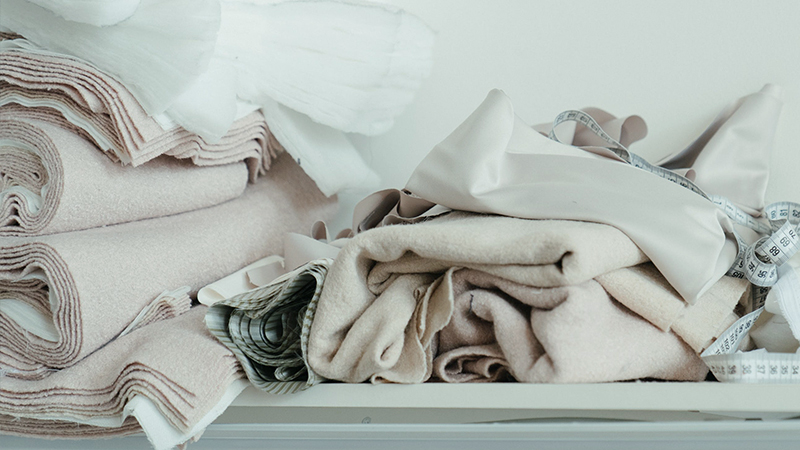
Designer brands often source their fabrics and materials from the highest quality suppliers. These materials are selected not only for their luxurious feel, but also for their durability and ability to maintain their appearance over time.
This ensures that the garment looks good and lasts longer than mass-produced alternatives.
2. Craftsmanship
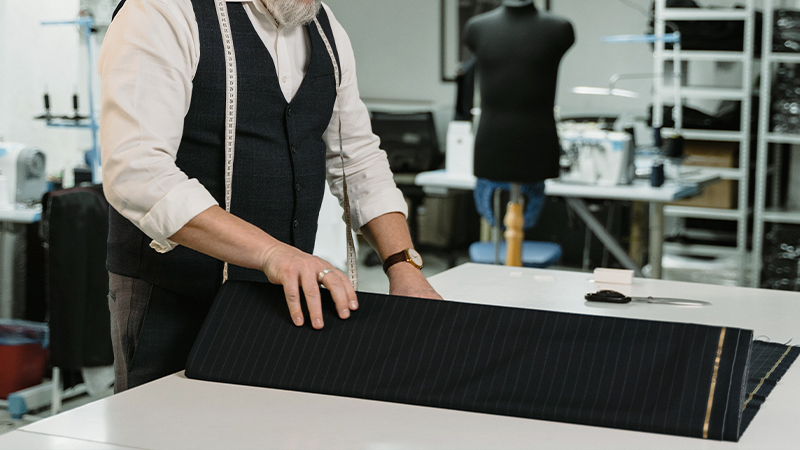
The creation of designer clothing involves skilled artisans and craftsmen who have honed their craft over years or even decades.
These experts meticulously handle every step of the production process, from pattern-making to stitching, resulting in garments that are impeccably constructed.
3. Labor Costs
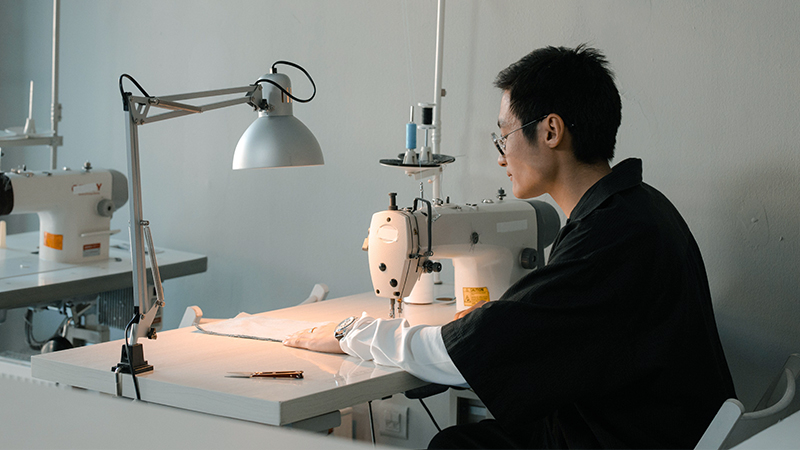
Many designer brands produce their clothing in countries with higher living standards and more stringent labor laws.
This means that workers are paid fair wages and often receive additional benefits, which contributes to the overall cost of production.
4. Limited Production Runs
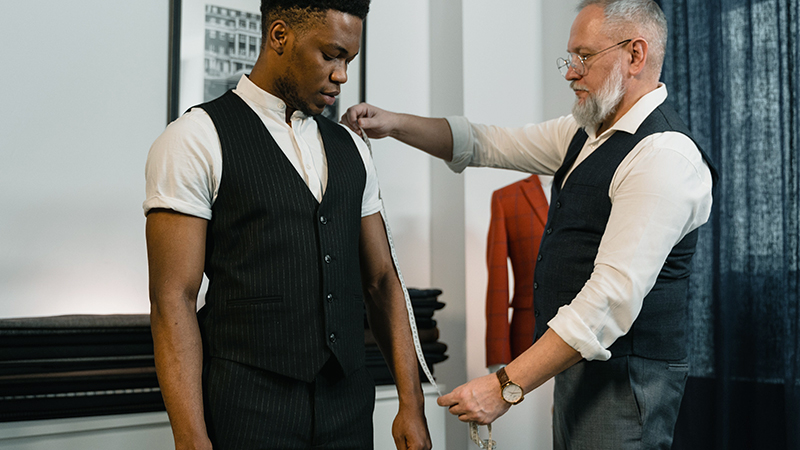
Designer brands deliberately limit the number of pieces they produce for each design. This deliberate scarcity adds a sense of exclusivity and rarity to the garment, which in turn increases its perceived value among consumers.
5. Brand Prestige
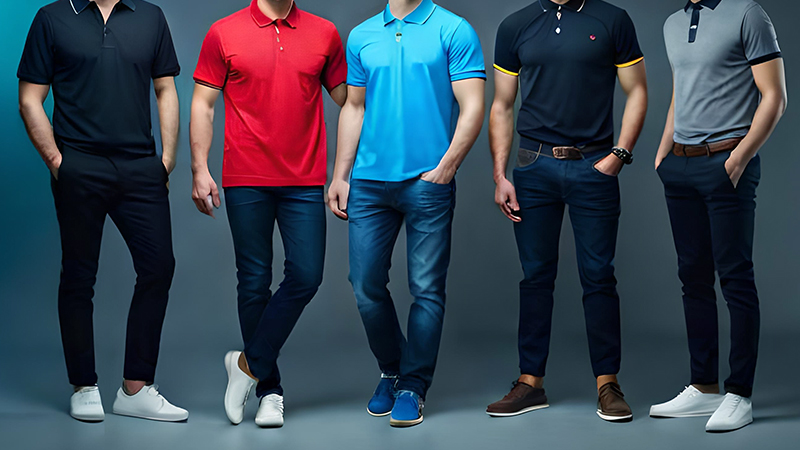
The reputation of a designer brand is built over years, if not decades, through consistent delivery of high-quality, unique designs.
This reputation commands a premium in the market, and consumers are willing to pay extra for the assurance of owning a product from a respected label.
6. Research and Development
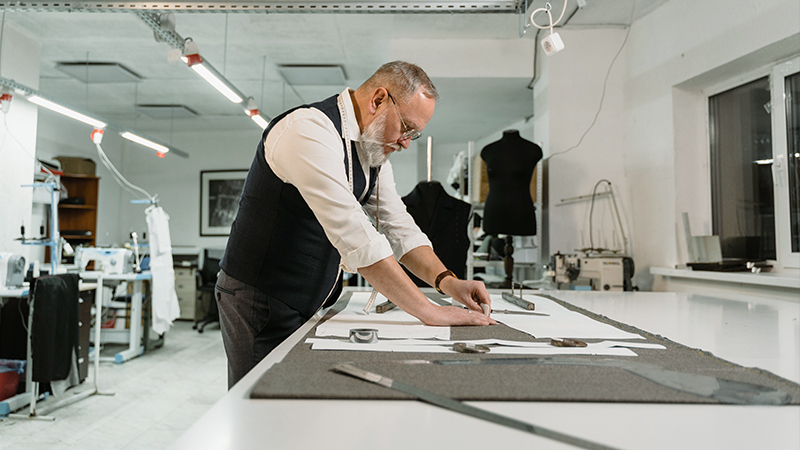
Designers invest significant resources in research to develop unique patterns, textures, and innovative features.
This process involves experimenting with different materials and techniques to create designs that stand out from mass-produced options.
7. Customization and Personalization
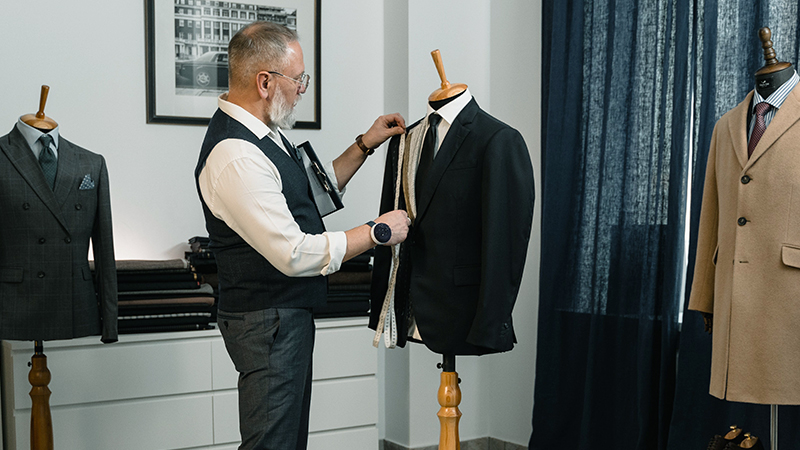
Some designer brands offer customization options, allowing customers to choose details, such as colors, fabrics, or even tailored fits.
This level of personalization requires additional time and effort, which adds to the overall cost of the garment.
8. Marketing and Advertising

Designer brands allocate substantial budgets for advertising, marketing campaigns, and runway shows.
These expenses are factored into the price of the clothing and contribute to the overall brand image and desirability.
9. Location of Production

Some designers choose to produce their clothing in countries known for their skilled labor force, even if it means higher production costs.
This decision is often driven by a commitment to quality and a desire to support ethical labor practices.
10. Artistic Vision
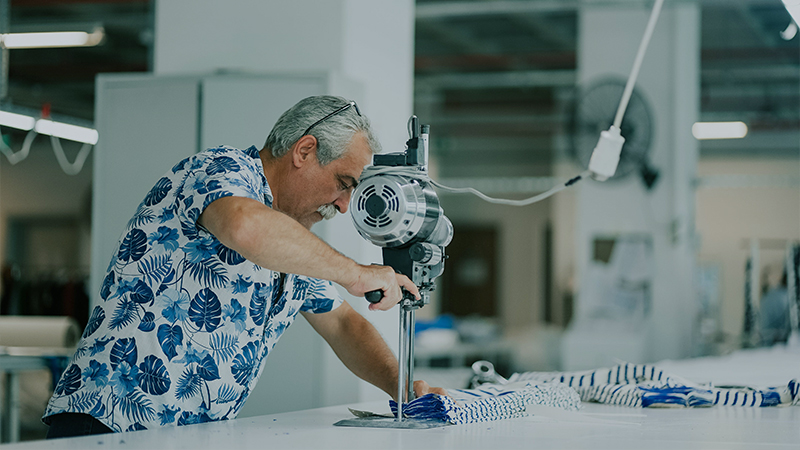
Designers are artists in their own right, with a unique creative vision that distinguishes their work.
This artistic perspective contributes to the premium price of designer clothing, as consumers are not just buying a garment, but a piece of the designer’s creative expression.
11. Exclusivity and Limited Availability
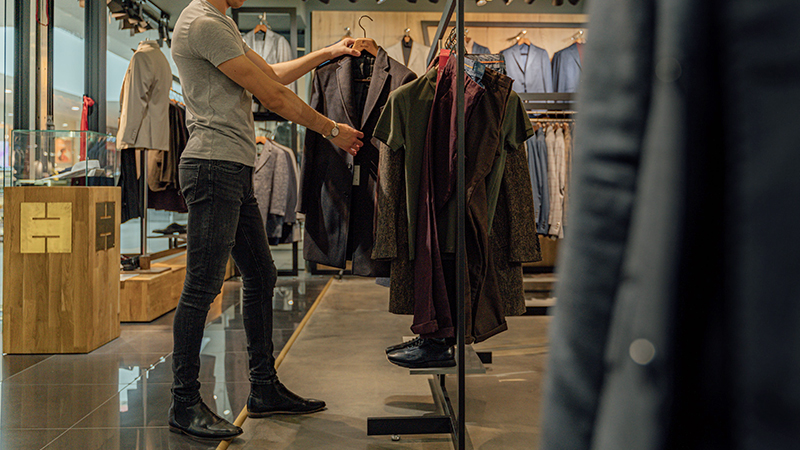
The deliberate scarcity of a particular design or collection can create a sense of urgency and desirability among consumers.
Knowing that only a limited number of individuals will own a specific piece further enhances its perceived value.
12. Ethical and Sustainable Practices

Some designer brands prioritize ethical and sustainable production methods, which can be more costly than conventional manufacturing processes.
This includes using eco-friendly materials, reducing waste, and ensuring fair labor practices throughout the supply chain.
13. Custom Packaging and Presentation
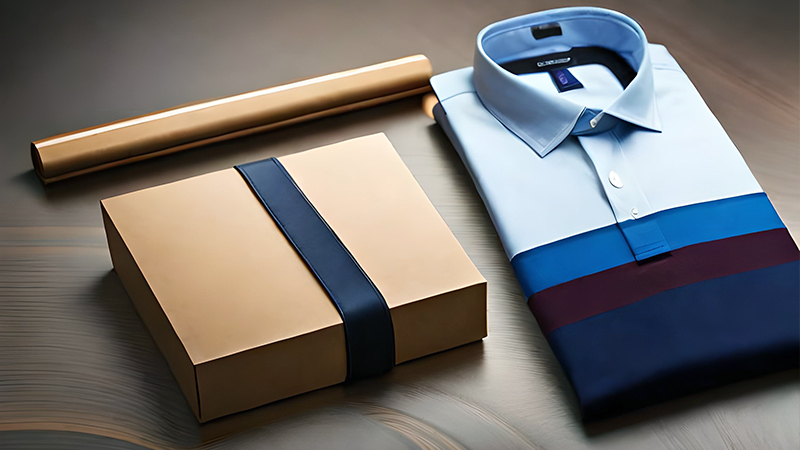
Designer clothing often comes with special packaging, labels, and other details that enhance the overall brand experience. This attention to detail contributes to the premium feel of the product.
14. Import Duties and Taxes
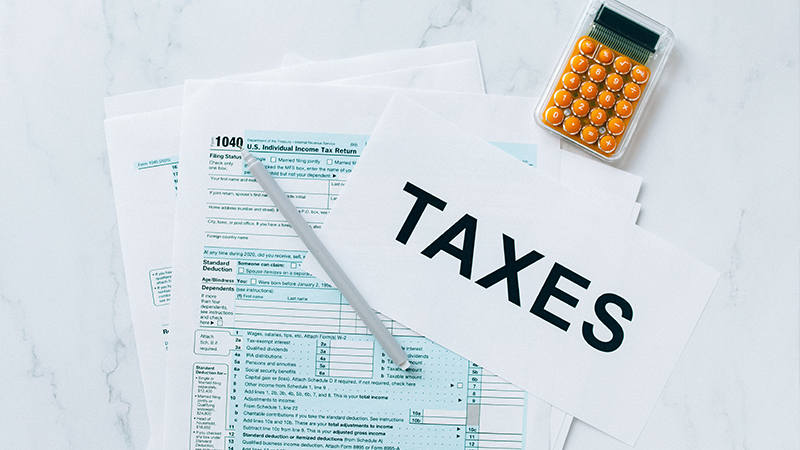
International shipping, import duties, and taxes can significantly increase the cost of designer clothing, especially if the brand is based in a different country. These additional expenses are passed on to the consumer, contributing to the overall price.
15. Retail Markup
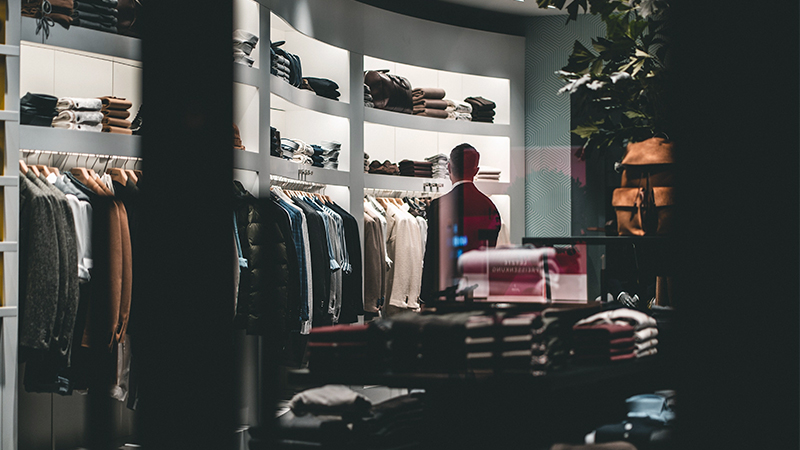
Retailers also need to make a profit, so they typically apply a markup to the wholesale price of designer clothing before it reaches the consumer.
This markup covers the retailer’s operating expenses, including rent, staff salaries, and other overhead costs.
Effective Tricks for Making Designer Clothing Affordable
For fashion enthusiasts, the allure of designer clothing is undeniable. The exquisite craftsmanship, luxurious materials, and unique styles often set designer pieces apart.
However, the price tags can be a major deterrent. Fortunately, there are savvy strategies to make these coveted items more accessible.
Here are some effective tricks for making designer clothing more affordable:
Off-Season Shopping
One of the best ways to snag designer clothing discounted the cost is by shopping off-season.
Retailers often mark down the previous season’s collections to make room for new arrivals. This can lead to substantial savings without compromising on quality or style.
Explore Pre-Owned Markets
Luxury consignment stores, online resale platforms, and vintage shops offer a treasure trove of gently used designer pieces.
These items are meticulously curated, providing an opportunity to own a coveted designer item at a significantly reduced price.
Sign Up for Newsletters and Alerts
Many designer brands offer exclusive discounts to their subscribers. By signing up for newsletters and alerts, you’ll gain early access to sales, special promotions, and sometimes even receive welcome discounts.
Consider Outlet Shopping
Designer outlets are a haven for bargain hunters. These stores offer authentic designer pieces at discounted prices.
While outlet collections may differ slightly from the main line, they still boast the quality and craftsmanship associated with the brand.
Wait for Seasonal Sales and Promotions
Designer brands typically have seasonal sales, offering significant discounts on select items.
Timing your purchases to coincide with these events can lead to substantial savings. Keep an eye on holidays, like Black Friday or end-of-season clearances.
Follow Flash Sale Sites
Online flash sale sites specialize in offering limited-time discounts on designer goods.
These platforms collaborate directly with designers to offer their products discounted the retail price for a short duration.
Consider Second-Line Collections
Many high-end designers have diffusion lines or second-line collections that are more budget-friendly.
While they may not carry the flagship label, they often feature similar styles and quality at a more accessible price point.
Utilize Cash Back and Rewards Programs
Some credit cards and online shopping platforms offer cash back or rewards programs.
By utilizing these, you can earn points or receive cash back on designer purchases, effectively reducing the overall cost.
FAQs
Are designer clothing prices based on the actual cost of production?
Designer clothing prices are influenced by various factors, but they are not solely based on the cost of production.
Is there a significant difference in quality between designer clothing and high-end non-designer brands?
Designer clothing often features higher quality materials and craftsmanship, but this isn’t a strict rule.
Do all designer brands use sustainable and ethical production practices?
No, not all designer brands prioritize sustainability and ethical practices.
Is there a resale market for designer clothing?
Yes, there’s a robust resale market for designer clothing. Many people buy pre-owned designer items, as it allows them to own luxury pieces at a lower cost.
Do designer brands offer discounts or sales on their products?
Some designer brands occasionally offer discounts or sales, but it’s relatively rare. They often maintain the exclusivity and premium pricing of their products.
To Recap
The expense of designer clothing is a multi-faceted interplay of quality, craftsmanship, branding, and exclusivity.
The meticulous attention to detail, superior materials, and skilled labor contribute to their elevated price. Brand prestige, built over years of innovation and style, further amplifies the cost.
Limited production runs and ethical practices also factor in. Ultimately, designer clothing embodies a fusion of art, culture, and individuality, making it a unique and sought-after commodity.
While the price may seem steep, it reflects a commitment to excellence that discerning consumers value. Thus, owning designer clothing becomes not just a fashion statement, but an investment in enduring quality and timeless style.
Leave a Reply